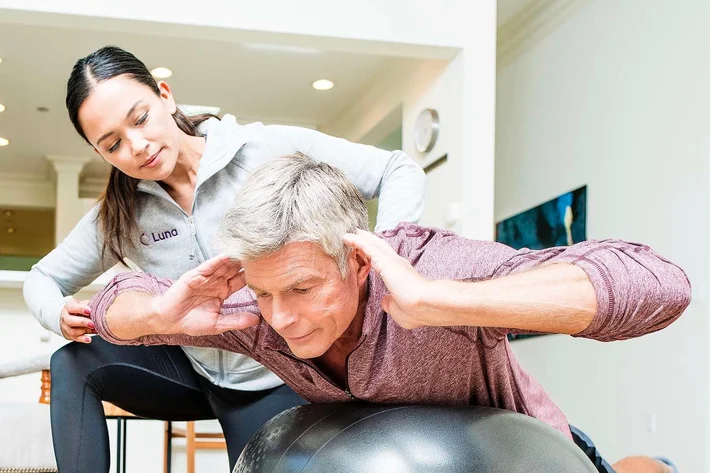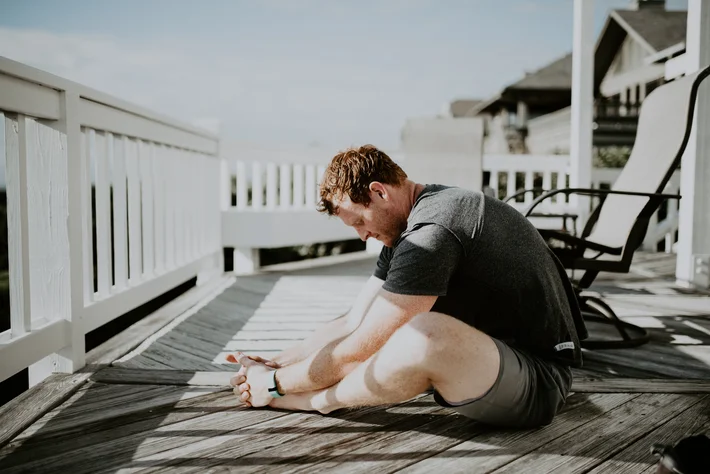
Safely Treat Your Disc Herniation With Physical Therapy
A herniated disc can cause pain, numbness, and mobility issues, often in the lower back or neck. While surgery is an option, most cases improve with physical therapy. Luna’s on-demand PT provides expert care at home, helping relieve pain, correct posture, and strengthen core muscles for lasting recovery—without the hassle of clinic visits.
Read more

















